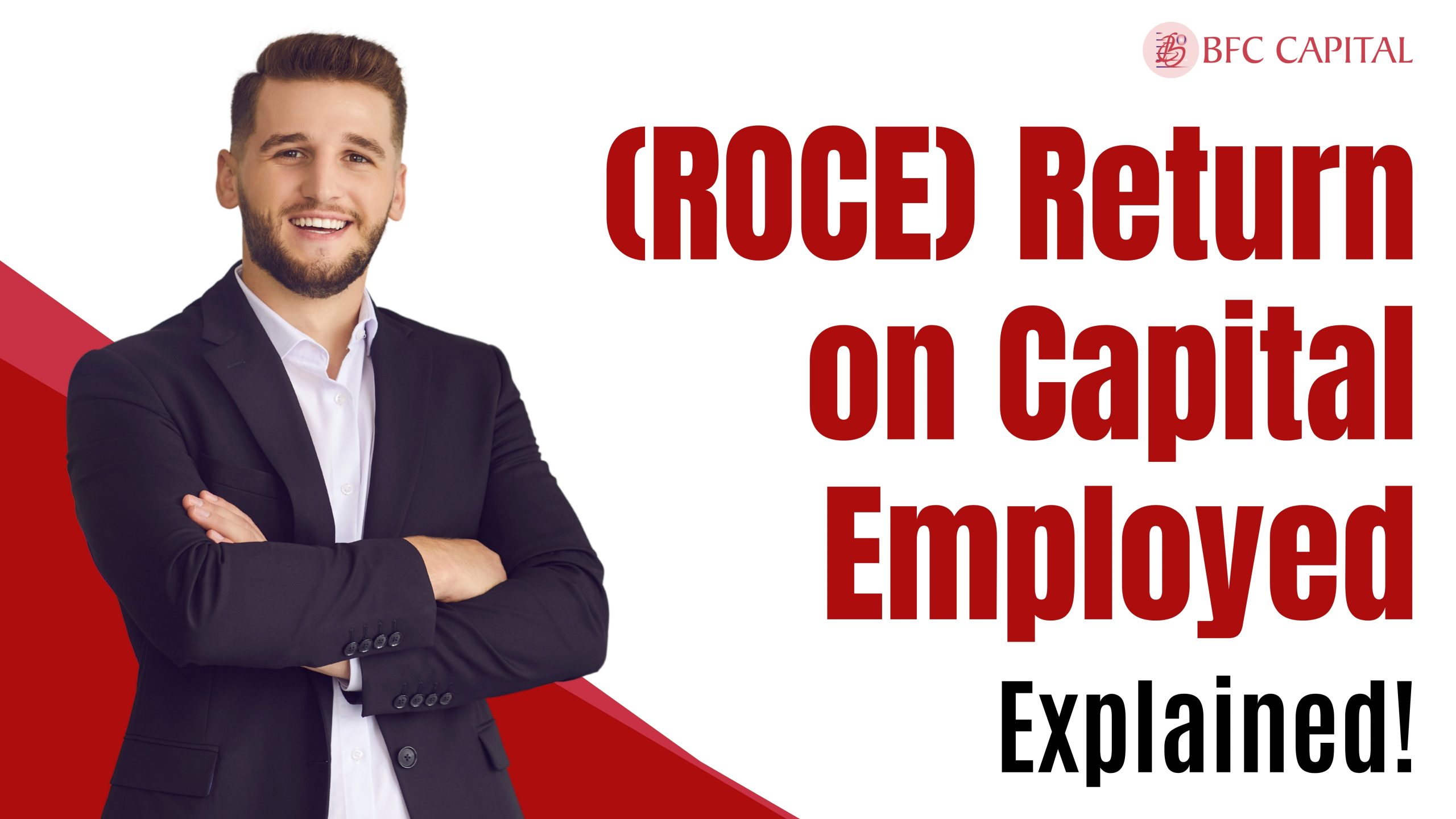
Have you ever thought your portfolio contains unwanted and unfamiliar stocks like an old garage packed with junk? Do you still retain money that does not fit your purpose in your life, because more money is always beneficial? However, having more funds brings issues such as confusion, duplication, and inefficiencies when it comes to diversification. It is like trying to cook a proper meal, using each item one has in stock—redundant and excessive.
But what if you could reduce your lists, filter out the chatter, and concentrate on what counts? In this blog, you will get to know about how you can decrease the number of funds in your portfolio using fun analogies to steer you. That is why you can envision it as cleaning up your financial life while taking incremental steps toward the goal.
Table of Contents
Understanding Through Example
Filtering down the number of funds is similar to clearing out all the unnecessary clothes from your closet. Suppose you have clothes that reach the ceiling, and you cannot even see the wall on the other side because they are filled with clothes, shoes, and so on. Initially, they look like more freedom in the choice of clothing, but in fact, there is a flood, it is difficult to choose what to wear. You continue to wear those clothes that come along with your style and requirements while the other ones clutter around and create disorganization.
Likewise, the presence of many mutual funds in one’s investment portfolio may be misleading as to diversification. You may think you are diversifying your risks, but you could be merely replicating your positions making it challenging to track your portfolio correctly. Managing your funds or prospecting for new ones, is simplified when they are limited to those that can meet your financial targets and your risk profile.
This is similar to having a well-coordinated wardrobe, where making decisions is easier and each clothing piece has its purpose; which in the case of funds results in increased financial well-being.
How to Reduce the Number of Funds in Your Portfolio?
1. Identify Underperforming Funds and Review them.
Investors invest their capital in an underperforming fund with their opinion towards the fund’s future performance. However, when the fund does not give high returns, it remains reluctant to exit because of the new high tax obligations that come with it. As it stands, you need to begin by determining which of the funds is underperforming and which you should quit. They also allow you to free up that capital to be invested in other areas that are more profitable and will help you achieve your objectives.
2. If You Have Invested in a Sectoral Fund due to its Short-term Performance, consider reviewing them.
Every investor who invests in a thematic or sectoral mutual fund scheme intends to do so depending on his or her perception of how such a sector could grow in the future and his risk profile. Some of the sector funds rise in the short run while others decline after some time of investment. Sectoral funds, specifically, are highly unpredictable. You must, therefore, find out which sectoral fund is underperforming and think about switching to a stable category if there is any sort of change in your risk profile.
3. Consider your Risk Appetite and Accordingly Exit/Remain Invested in your Mid-cap and Small-cap Funds
You need to manage your risk tolerance correctly and do a review of the mid-cap and small-cap mutual funds which you have invested into. Mid-cap and small-cap funds fall somewhere between high-risk funds to moderate-risk funds and have high volatility. If you are willing to take a bit more risk for more reward.
4. Assess your Large-cap Fund Investments
If you have deployed your money in several large-cap mutual fund schemes you have to evaluate the effectiveness and performance of them too. The large-cap funds only invest in companies that have huge market capitalizations thus being less risky. To get exposure to companies of small, mid, and large capitalization, you can invest in listed flexi-cap funds.
5. If You Have too Many Debt Funds in your Portfolio, Think about Cutting Them Down
The most distinctive feature of a balanced portfolio is the proper ratio between equity and debt funds. You have to look at this balance though if you have leveraged yourself too much on debt mutual funds, you might need to unwind some of them.
6. How to Be Strategic About Going Hybrid
Hybrid funds are known to invest in both bonds and stocks and at the same time offer automatic diversification. Balanced advantage funds are suitable for beginners because they distribute a portfolio of stocks and bonds where the fund manager can actively switch stocks and bonds as market conditions change.
If you invested in hybrid funds for some specific reasons, then definitely it is okay to invest in them. If you invested with no such planning, there would be perhaps a need to reconsider whether you require them in your portfolio, especially when you also have equity or debt funds in your investment basket.
7. Check For Portfolio Overlap
Portfolio overlap is the condition where most of the holdings in the portfolio intersect between the two funds of the same or different AMCs. Therefore, what you are holding as separate funds at the security level (the stocks, bonds, etc.), are just replicas. This way it will be easier for you to adjust your portfolio by eliminating the overlaps.
8. Revisit Your Investment Goals and Realign Your Portfolio If Needed
Long-term investment objectives may be reviewed frequently depending on time and the fiscal situation of a given nation. You should, therefore, go back to these goals and see whether your mutual fund investments are suitable for you. At some point, the significance of some of the financial goals you set may go down or even totally change, making it necessary for you to rebalance the portfolio.
Bottom Line
For mutual funds, the saying “there’s no really simple solution” couldn’t be truer. You simply need to ask yourself why you invested in mutual funds in the first place. Perhaps, you did so to attain high returns without having to invest in stocks or bonds directly on your own. Finally, you desired simplicity with relatively decent monetary results. This is a goal you might actually be prevented by investing in too many funds. You need to start thinking about it.
Please share your thoughts on this post by leaving a reply in the comments section.
Also, check out our recent post on: “What is the PEG Ratio?“
To learn more about mutual funds, contact us via Phone, WhatsApp, Email, or visit our Website. Additionally, you can download the Prodigy Pro app to start investing today!
Disclaimer – This article is for educational purposes only and by no means intends to substitute expert guidance. Mutual fund investments are subject to market risks. Please read the scheme related document carefully before investing.

Assistant Vice President – Research & Analysis
Akash Gupta heads the Research & Analysis department at BFC CAPITAL, where he combines in-depth market insights with strategic analysis. He holds multiple certifications, including:
- NISM-Series-XIII: Common Derivatives Certification
- NISM-Series-VIII: Equity Derivatives Certification
- NISM-Series-XXI-A: Portfolio Management Services Certification
- IRDAI Certification
With his expertise in equity, derivatives, and portfolio management, Akash plays a key role in providing research-backed strategies and actionable insights to help clients navigate the investment landscape.








Name: What's a REITs (Real Estate Investment Trust)?
says:[…] Please share your thoughts on this post by leaving a reply in the comments section. Also, check out our recent post on: “How to Reduce the Number of Funds in Your Portfolio“ […]